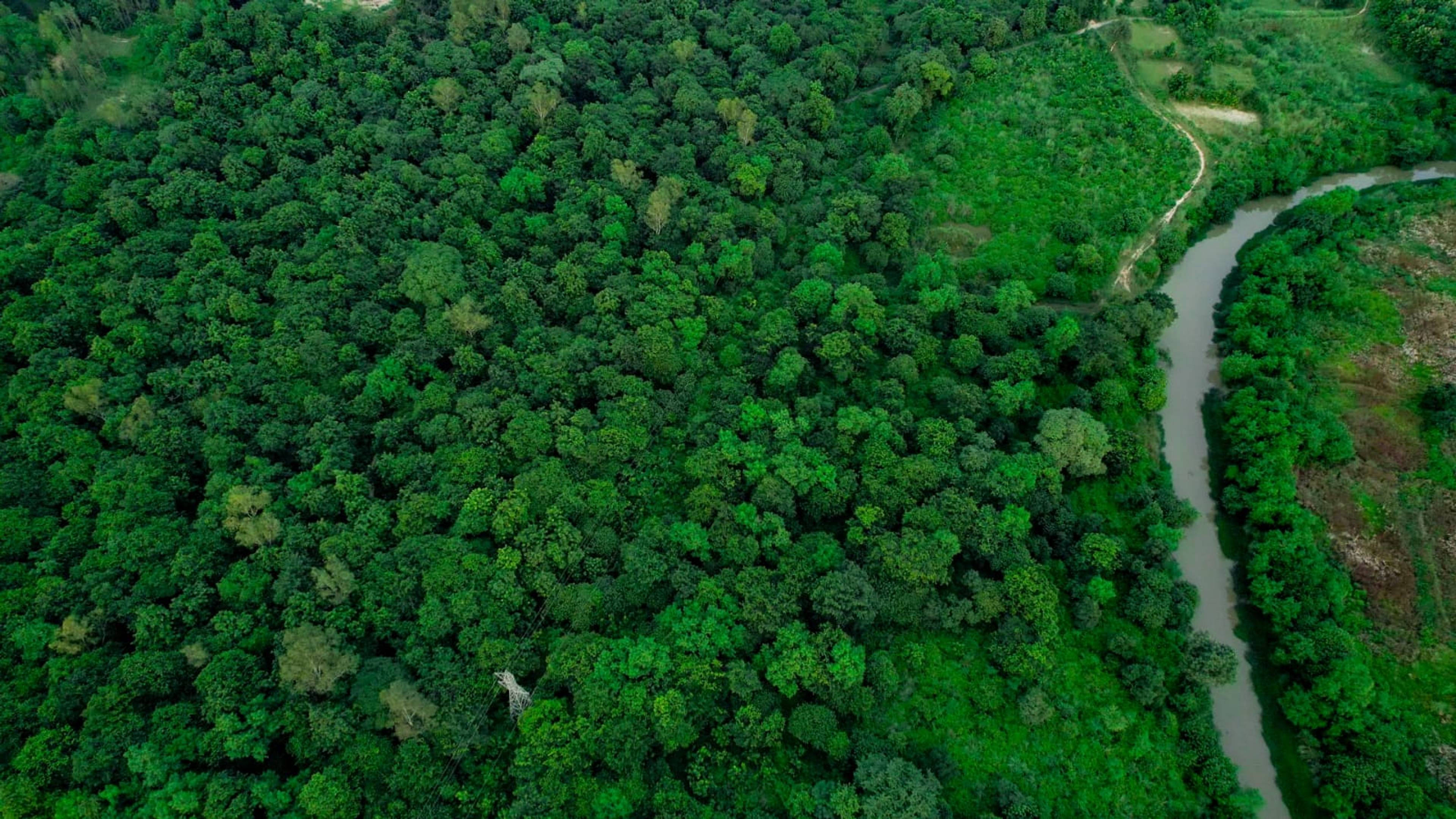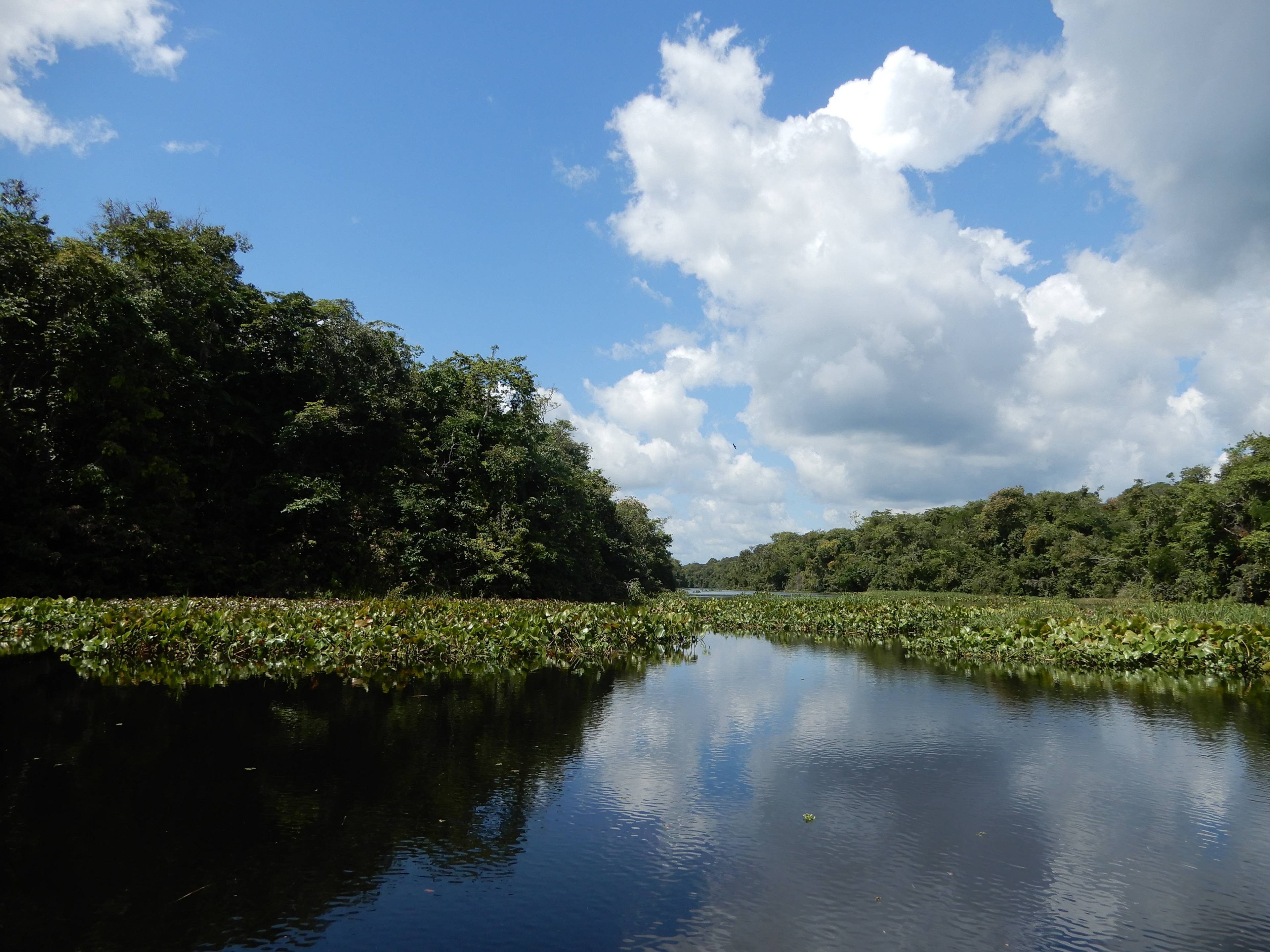Restoring the riches of Merang-Kepayang
Once a vibrant forest, the Merang-Kepayang peat dome in South Sumatra has suffered immense degradation since the 1980s due to commercial logging. Canals carved to transport timber drained its peatlands, leaving them parched and susceptible to fires.
In response to these challenges, the SMPP was initiated to protect and restore 22,934 hectares of peatland. Achieving a historic milestone, the project secured Indonesia's first carbon storage and sequestration license, halting further agricultural conversion. Through dedicated efforts in hydrological restoration, fire prevention, and forest rehabilitation, SMPP is not only revitalizing this essential carbon sink but also preserving the biodiversity that thrives within it.
22,922
hectares of peatland restored and protected.
77%
of the world’s peatland carbon can be found in Southeast Asia’s tropical peatlands.

The project is focused on planting species native to the project region.















